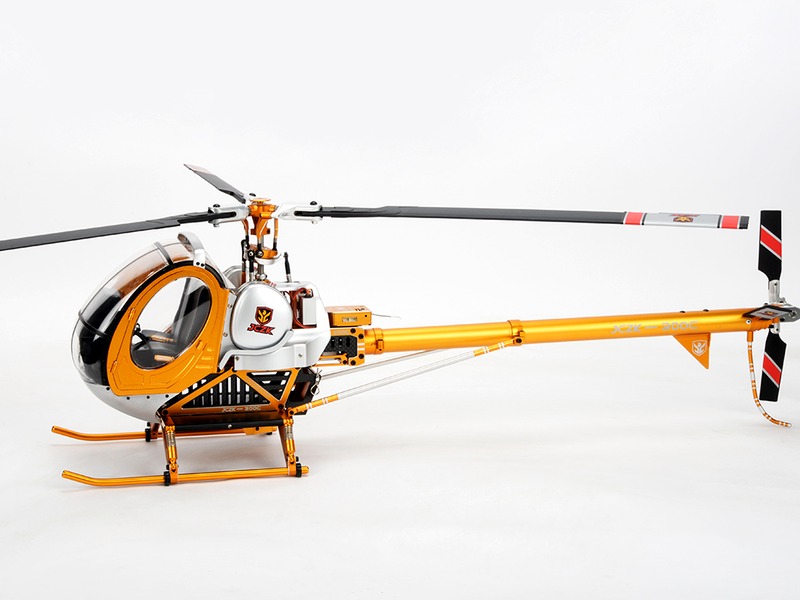Why do helicopters not fly at night?

Helicopters are capable of flying at night, but the majority of helicopters are not certified for night operations. This is due to a variety of factors that make night flying more difficult and dangerous than day flying.
The primary reason helicopters do not fly at night is because of visibility. At night, the pilot's visibility is significantly reduced due to the lack of natural light. This makes it difficult to see obstacles, terrain, and other aircraft in the air. The darkness also makes it more difficult to judge distances, which can lead to collisions. Additionally, the lack of light makes it more difficult to read instruments and gauges, making it more difficult to maintain control of the aircraft.
Another factor that makes night flying difficult is the lack of reference points. During the day, pilots can use the horizon, ground features, and other visual cues to orient themselves and maintain control of the aircraft. At night, these reference points are not available, making it more difficult for the pilot to maintain control.
Finally, night flying requires specialized equipment and training. Helicopters must be equipped with special lighting and navigation systems to ensure the pilot can maintain control of the aircraft at night. Additionally, pilots must be trained and certified to fly at night. This requires additional training, which can be costly and time consuming.
For these reasons, most helicopters are not certified for night operations and do not fly at night. However, there are some helicopters that are certified for night operations and can fly safely at night. These helicopters are equipped with special lighting and navigation systems and the pilots are highly trained and certified to fly at night.
In conclusion, helicopters do not fly at night due to the reduced visibility, lack of reference points, and the specialized equipment and training required. While some helicopters are certified for night operations, the majority of helicopters are not. This is done to ensure the safety of the pilots and passengers, as night flying is more difficult and dangerous than day flying.
Comments / Question
In the United States, the Federal Aviation Administration (FAA) regulates all aircraft operations, including helicopters. The FAA has put in place strict regulations to ensure that helicopters are operated safely during both day and night operations.
The FAA requires that all helicopter pilots participating in night flight operations be certified. To become certified, pilots must complete training to meet the requirements of Federal Aviation Regulations Part 91, which outlines the rules and regulations governing civil aircraft operations. Pilots must also log a minimum number of night flight hours and complete a checkride during an FAA administered night flight check.
In addition, helicopters must also be equipped with navigation and communication systems that allow the pilot to navigate safely at night and communicate with air traffic control and other aircraft. The FAA also requires that helicopters be maintained in accordance with manufacturer standards to ensure they meet the airworthiness requirements for night flight operations.
Finally, any flight operations occurring at night must adhere to the flight rules set for by the FAA, which includes operating at designated altitudes and speed limits and avoiding restricted airspace.
1. Night flying allows for greater privacy, as there are fewer people out at night. This is especially beneficial for medical transport and law enforcement operations.
2. Night flying can be less turbulent than during the day, since there is less air traffic and fewer thermal updrafts.
3. Night flying is more efficient, as helicopters can fly in conditions that are not conducive to day flying.
4. Night flying can be more economical, as there is less air traffic and fewer restrictions on night flying.
Disadvantages
1. Night flying is more dangerous due to reduced visibility and the potential for confusion in the air.
2. Night flying can be more stressful for pilots, as they must be more focused and alert to ensure safety.
3. Night flying requires more planning and preparation, as pilots must be aware of the airspace and weather conditions.
4. Night flying requires more expensive navigation and communication equipment, such as GPS and night vision goggles.
2. Autonomous Flight Control Systems (AFCS): AFCS technology uses sensors and algorithms to automatically control the helicopter’s flight path, allowing for safer navigation in low-light or no-light conditions.
3. Synthetic Vision Systems (SVS): SVS technology uses a combination of GPS, terrain databases, and other sensors to create a 3D image of the terrain and obstacles in low-light or no-light conditions.
4. Enhanced Ground Proximity Warning Systems (EGPWS): EGPWS technology uses radar and other sensors to detect terrain and obstacles in low-light or no-light conditions and alert the pilot of potential hazards.
5. Traffic Collision Avoidance Systems (TCAS): TCAS technology uses radar and other sensors to detect other aircraft in the vicinity and alert the pilot of potential collisions.
2. Increased risk of mid-air collisions due to reduced visibility.
3. Increased risk of mechanical failure due to the additional strain of night flying.
4. Increased risk of running out of fuel due to the additional strain of night flying.
5. Increased risk of losing situational awareness due to the lack of visual cues.
6. Increased risk of running into obstacles due to the lack of visual cues.
7. Increased risk of running into power lines due to the lack of visual cues.
8. Increased risk of running into terrain due to the lack of visual cues.
9. Increased risk of running into other aircraft due to the lack of visual cues.
10. Increased risk of running into wildlife due to the lack of visual cues.

